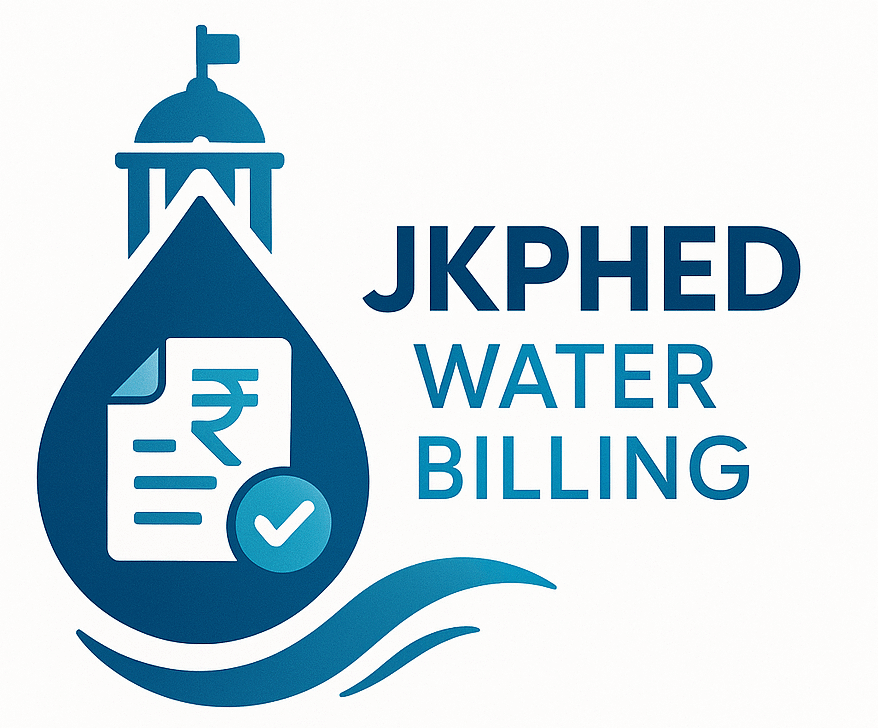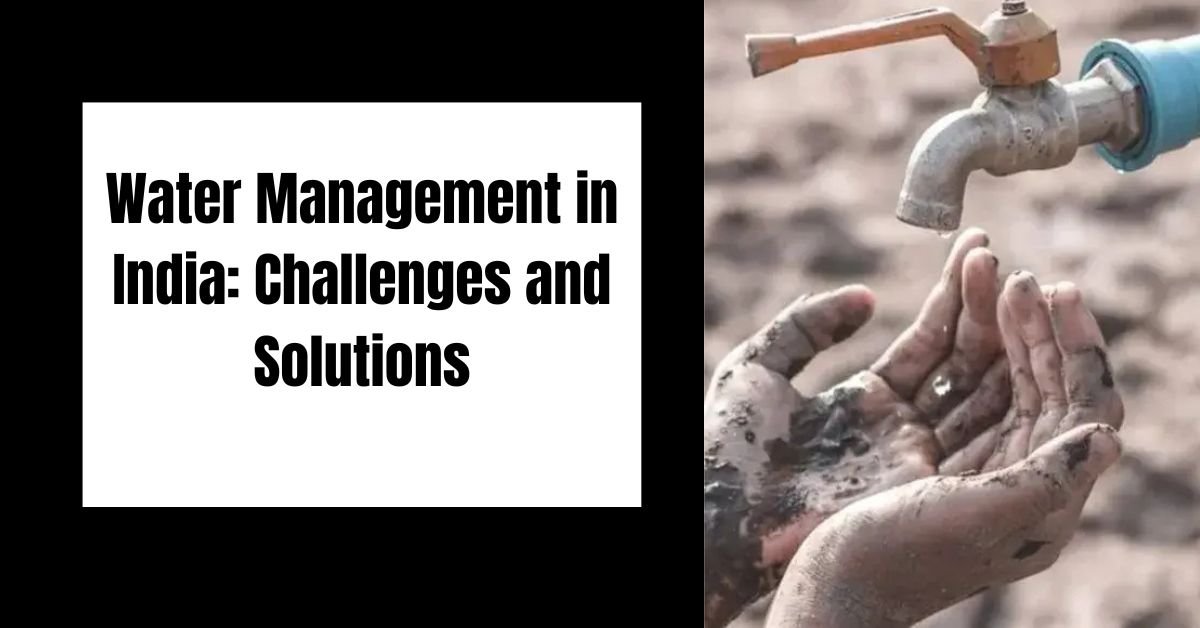The water management of India is one of the greatest requirements of the present. The reason being that India has about 18 percent of the world population but only 4 percent of the water resources. This indicates that we are dependent on very few limited sources for water. India spends about 230 cubic kilometers of groundwater yearly for domestic, industrial, and agricultural purposes, which is more than 25 percent of the world’s groundwater use. Most of it-90 percent-is accounted for agriculture.
Indian agriculture can prosper only with water, as 90 percent of India depends on agriculture for its livelihood. On the other hand, indiscriminate mining of groundwater and unavailability of rainwater seepage have put our groundwater sources at risk. In addition to that, the erratic climate change has disturbed the rainfall pattern such that it rains too much in some instances and none at all in other years. All this has gone into the sea, and now it remains to be stored. No system has been installed so far for adequate drainage of dirty water into the villages. The quality of water is declining, thus paving the way for the spreading of diseases.
Revival of traditional water sources
These are among those under an initiative in India on water management for the renovation and cleaning of traditional water sources like ponds, wells, and stepwells, which would make them functional once more. These would be kept alive by directly involving rural communities so that viable village people benefit from them once again. Work is also being done regarding sending rainwater underground through structures-like check dams, farm ponds, tanks, and recharge wells.
Rainwater harvesting from rooftopsImportant
Rainwater collection is primarily done through rooftop rainwater harvesting. Water is harvested from the rooftops of schools, panchayat buildings, or other public buildings, directed to a tank, filtered for potable use, and let overflow to seep into the ground, thereby increasing the groundwater level.
WASH Program and Sanitation
Special emphasis has been given to WASH which is Water, Sanitation and Hygiene, in the context of water management. Open wells, hand-pumps, and piped water sources in villages are cleaned and the surroundings kept clean. These also construct small structures like soak pits and soak wells in the houses to ensure that the dirty water seeps into the ground where it should go. Local communities are set up for these techniques of use and maintenance.
Access to Clean and Safe Drinking Water
The same problem is in villages about the quality of drinking water. To resolve this issue, SM Sehgal Foundation and other organizations are working on local solutions. They invented water filters like JalKalp and Matikalp that can purify water without electricity and at a low price. Jalkalp is made from steel and is capable of removing harmful elements like e-coli, iron, arsenic. On the other hand, Matikalp is made from local resources available in the village, and it has a complete water purification structure.
Soil Conservation is Important Also
Managing the quality of soil is equally important along with water management. Water washed away the soil at a fast pace which made the agricultural land weak. So contours trench, farm bund, and gully plugs are formed in the fields so that the water speed is reduced and it can seep well in the ground. This reduces soil moisture and thus increases the yield.
Water Awareness Communities
The true success of any scheme will be when people participate in it. So propagating of awareness under water management schemes to rural communities is carried out through organizing awareness sessions with women, youth, and farmers on conservation, utilization, and cleanliness of water. They are also taught how water can be budgeted at home, reused, and saved from wastage.
Conclusion
India being a water-scarce country, water is not an option but a necessity when it comes to management. Be it groundwater conservation, rainwater harvesting, and clean drinking water availability- require working together on every single aspect. So, the government, institution, and common citizens have to contribute to it, such that future generations can also keep off the water crisis.

